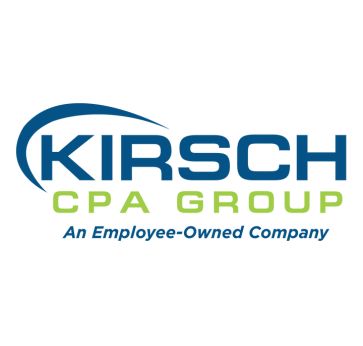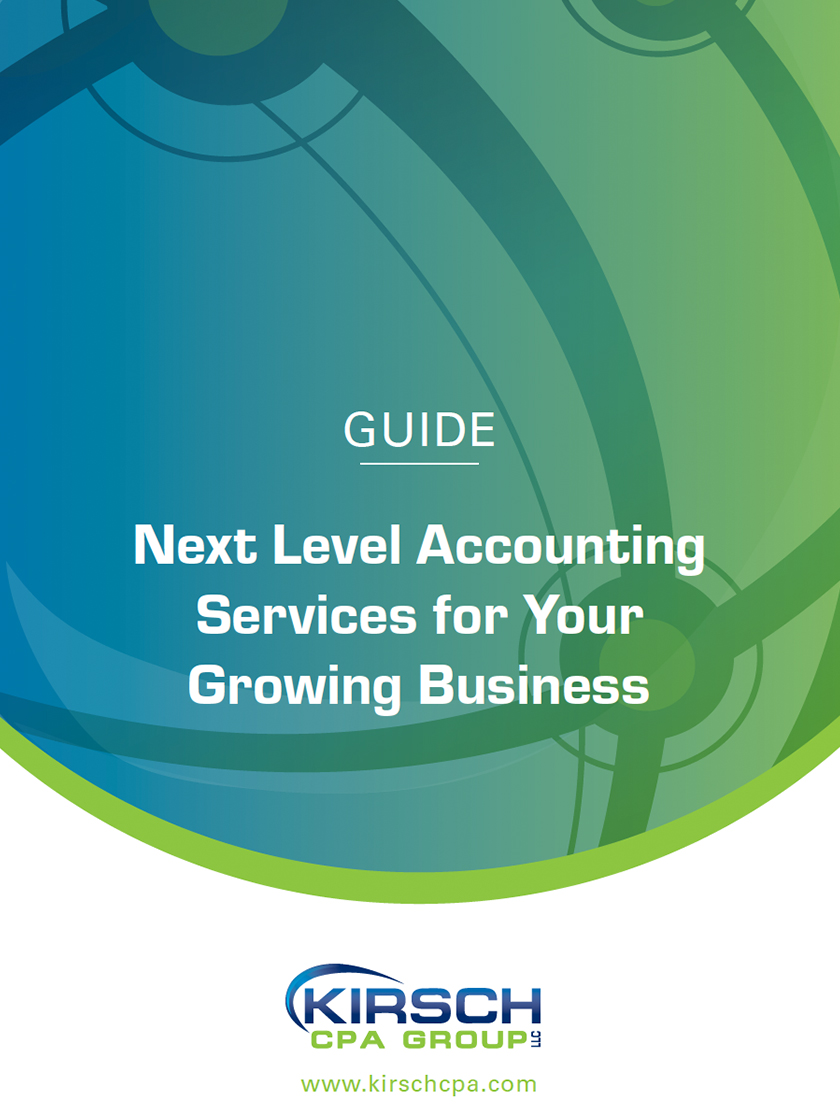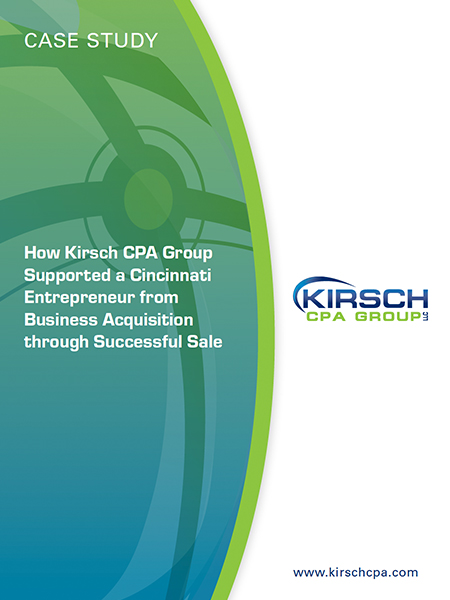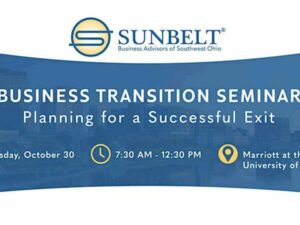How To Choose the Best Inventory Accounting Method for Your Manufacturing Company
Kirsch CPA Group
Aug 26, 2024

Your choice of accounting method for determining the value of your manufacturing company’s inventory can significantly impact your overall tax bill. Here are answers to some key questions regarding the tax and financial implications of the two most common methods: first-in, first-out (FIFO) and last-in, first-out (LIFO).
How Does Inventory Accounting Affect Taxes?
Your inventory’s value is part of the formula for determining the cost of goods sold (COGS). COGS, in turn, affects your taxable income.
COGS generally is the sum of the beginning inventory and purchased inventory, less the ending inventory. As your COGS expense drops, your reportable income increases, along with your tax bill. On the flip side, your tax liability falls as your COGS expense climbs. The “LIFO conformity rule” generally requires companies to use the same inventory accounting method for tax and financial statement purposes.
How Do FIFO and LIFO Differ?
The FIFO method assumes that a manufacturer sells its inventory in the same order that it was manufactured. That means the items in your inventory at the end of a reporting period are the most recently made, so the inventory’s value is computed based on the most recent cost. This method reflects the real-world physical inventory movement for most manufacturers, particularly those that produce perishable products or goods that become obsolete after a certain period.
Because costs tend to rise over time, the FIFO method generally results in the older and less expensive inventory items being charged to COGS; the more recent and costlier items remain on the balance sheet. Under FIFO, COGS is lower and profits are greater, as is the income tax liability.
Conversely, the LIFO approach assumes manufacturers sell their most recently created items first. It’s therefore most often employed when the manufactured items have a longer “shelf life,” such as clothing and heavy machinery. But most companies don’t leave older items sitting in stock.
When prices are on the rise, your inventory under LIFO will comprise older and cheaper products, and the newer and more costly items will be charged to COGS first. With a higher COGS, profits and income taxes are generally lower under LIFO.
Important note: The LIFO method is available only under U.S. Generally Accepted Accounting Principles (GAAP) — it’s not permitted under International Financial Reporting Standards (IFRS). If you’re subject to IFRS reporting requirements, opting for the LIFO approach for GAAP purposes will complicate your IFRS reporting.
What Other Factors Merit Consideration?
Manufacturers should look beyond just the tax implications when selecting or changing their inventory accounting method. Additional factors could end up outweighing the tax benefits.
For example, FIFO is generally easier to apply than LIFO, and it typically will give you a stronger balance sheet because the inventory asset will be higher. The profits reported on your income statement generally also will be higher. These upsides could be beneficial when reporting financial results to investors or lenders. Assuming FIFO reflects your actual processes, your inventory value will be more accurate. On the other hand, your cash flow and profitability may appear healthier than they are in reality.
As for LIFO, it usually reduces taxes in inflationary periods because it reduces profits, but this isn’t always a good thing. Lower profits can work against you when you’re seeking investors or applying for credit.
In addition, the IRS requires taxpayers to formally elect to use the LIFO method on IRS Form 970, “Application to Use LIFO Inventory Method.” The election can’t be revoked to return to FIFO unless you first obtain IRS permission. And, of course, LIFO could be less accurate because some of the older items in your inventory may not be sellable anymore due to age or obsolescence.
Also, beware: The use of LIFO can create a problem if inventory levels are declining. As higher inventory costs are used up, companies that use LIFO will need to start dipping into lower-cost layers of inventory, triggering taxes on “phantom income” that the LIFO method previously allowed the company to defer.
Additionally, if a C corporation elects S corporation status, the business must include a “LIFO recapture amount” in income for the C corporation’s last tax year. The recapture amount is the excess of the inventory’s value using FIFO over its value using LIFO. Under current tax law, taxpayers can spread out the payments over four years in equal, interest-free installments.
Of course, if your company manufactures unique items based on customer specifications or your products take longer than a year to produce, neither FIFO nor LIFO may be appropriate. These manufacturers may use alternative inventory accounting methods, such as the specific identification or percentage of completion methods.
The Right Method for Your Company
The choice of an inventory accounting method is no small matter. It can have far-reaching implications for your manufacturing company’s taxes, net income, balance sheet and anything affected by those figures, including creditworthiness and the raising of capital. Kirsch CPA Group can help you choose the right inventory accounting method based on your specific circumstances.
Schedule an appointment to learn how we can support you
© Copyright 2024. All rights reserved.
More Resources

About The Author
Kirsch CPA Group is a full service CPA and business advisory firm helping businesses and organizations with accounting,…
Sign Up for Email Updates
Tags
Accounting & Financial News

Factoring Tax Law Changes into a Business Valuation
Several provisions of the One, Big, Beautiful Bill Act (OBBBA) — enacted on July 4, 2025 —…




